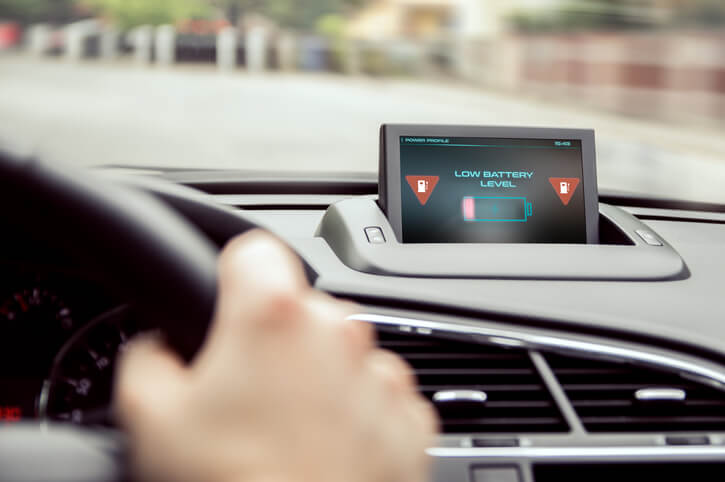Your Guide To EV Battery Cooling System Maintenance After Auto Mechanic School
If you’re considering an automotive career that will stand the test of time and continue to be in high demand for decades to come, you may be exploring hybrid technology training. Though widespread electrification is taking time, hybrid and electric vehicles are here to stay. By learning how to maintain and repair the cars of the future, you are adding longevity to your automotive career.
Electric vehicles require a unique skill set and understanding of different systems. For example, you’ll need to be well-versed in battery thermal management systems in order to ensure the efficient use of thermal energy and prevent overheating. Keep reading to learn what battery cooling systems are, common problems with these systems and best practices to remember.
What Is A Battery Cooling System?
The temperature of an electric vehicle’s battery directly affects its performance. For example, if an EV battery is too cold, the range of the vehicle can drop significantly- as much as twenty percent. On the other hand, when the battery gets too hot, power is lost, the battery can degrade, partial failure could occur, or the battery could be completely damaged even catching fire.
For this reason, the battery cooling system is used to regulate temperature much like the cooling system in an internal combustion engine. Coolant is pumped to the plate that surrounds each battery or directly to the individual battery cells. There, the coolant absorbs heat from the battery before it’s cooled again by a heat exchanger. The coolant is then recirculated to other electrical parts.

Common Thermal Management Problems You’ll Encounter After Auto Mechanic School
After auto mechanic school, you’ll notice several common battery temperature problems. Coolant leaks are common and become more common as the battery ages. They can potentially degrade the longevity and performance of batteries. As coolant gets older, it can cause corrosion in battery cold plates.
Clogging, overheating due to warmer climates, and normal aging are other common issues you’ll encounter in your work. Charging produces heat and as fast charging becomes a priority for Canadians on the go, thermal management system maintenance becomes an even more essential skill for automotive technicians.

Tips For Maintaining Electric Vehicle Cooling Systems
Maintenance for thermal management systems is usually quite straightforward. Generally speaking, electric vehicles require less maintenance than gasoline vehicles. Electric vehicles manage battery temperature on their own, which can simplify diagnostics. Changing coolant regularly – every 25000 km or every five years.
The batteries themselves must also be replaced every twelve to 15 years in moderate climates. In more extreme temperatures, battery replacement should occur every eight to twelve years. After hybrid and electrical mechanic training, advise drivers to charge their vehicles slowly when possible, avoid fully charging or depleting their batteries, and try to avoid extreme temperatures.
Are you ready to become a hybrid and electric vehicle mechanic?
Contact ATC Surrey to learn more!


